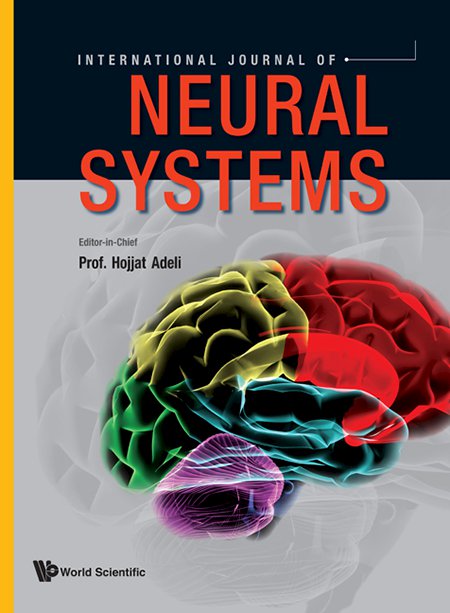Evaluation of Brain Functional Connectivity from Electroencephalographic Signals Under Different Emotional States
IF 6.4
2区 计算机科学
Q1 COMPUTER SCIENCE, ARTIFICIAL INTELLIGENCE
引用次数: 1
Abstract
The identification of the emotional states corresponding to the four quadrants of the valence/arousal space has been widely analyzed in the scientific literature by means of multiple techniques. Nevertheless, most of these methods were based on the assessment of each brain region separately, without considering the possible interactions among different areas. In order to study these interconnections, this study computes for the first time the functional connectivity metric called cross-sample entropy for the analysis of the brain synchronization in four groups of emotions from electroencephalographic signals. Outcomes reported a strong synchronization in the interconnections among central, parietal and occipital areas, while the interactions between left frontal and temporal structures with the rest of brain regions presented the lowest coordination. These differences were statistically significant for the four groups of emotions. All emotions were simultaneously classified with a 95.43% of accuracy, overcoming the results reported in previous studies. Moreover, the differences between high and low levels of valence and arousal, taking into account the state of the counterpart dimension, also provided notable findings about the degree of synchronization in the brain within different emotional conditions and the possible implications of these outcomes from a psychophysiological point of view.不同情绪状态下脑电图信号对脑功能连通性的评价
在科学文献中,通过多种技术对与价/唤醒空间的四个象限相对应的情绪状态的识别进行了广泛的分析。然而,这些方法大多是基于对每个大脑区域的单独评估,而没有考虑不同区域之间可能的相互作用。为了研究这些相互联系,本研究首次计算了称为跨样本熵的功能连接度量,用于分析脑电图信号中四组情绪的大脑同步。结果显示,中央、顶叶和枕叶区域之间的相互联系具有很强的同步性,而左额和颞叶结构与大脑其他区域之间的互动表现出最低的协调性。这些差异在四组情绪中具有统计学意义。所有情绪都被同时分类,准确率为95.43%,超过了之前研究中报道的结果。此外,考虑到对应维度的状态,高水平和低水平的效价和唤醒之间的差异也提供了关于不同情绪条件下大脑同步程度的显著发现,以及从心理生理学的角度来看这些结果的可能含义。
本文章由计算机程序翻译,如有差异,请以英文原文为准。
求助全文
约1分钟内获得全文
求助全文
来源期刊

International Journal of Neural Systems
工程技术-计算机:人工智能
CiteScore
11.30
自引率
28.80%
发文量
116
审稿时长
24 months
期刊介绍:
The International Journal of Neural Systems is a monthly, rigorously peer-reviewed transdisciplinary journal focusing on information processing in both natural and artificial neural systems. Special interests include machine learning, computational neuroscience and neurology. The journal prioritizes innovative, high-impact articles spanning multiple fields, including neurosciences and computer science and engineering. It adopts an open-minded approach to this multidisciplinary field, serving as a platform for novel ideas and enhanced understanding of collective and cooperative phenomena in computationally capable systems.
 求助内容:
求助内容: 应助结果提醒方式:
应助结果提醒方式:


